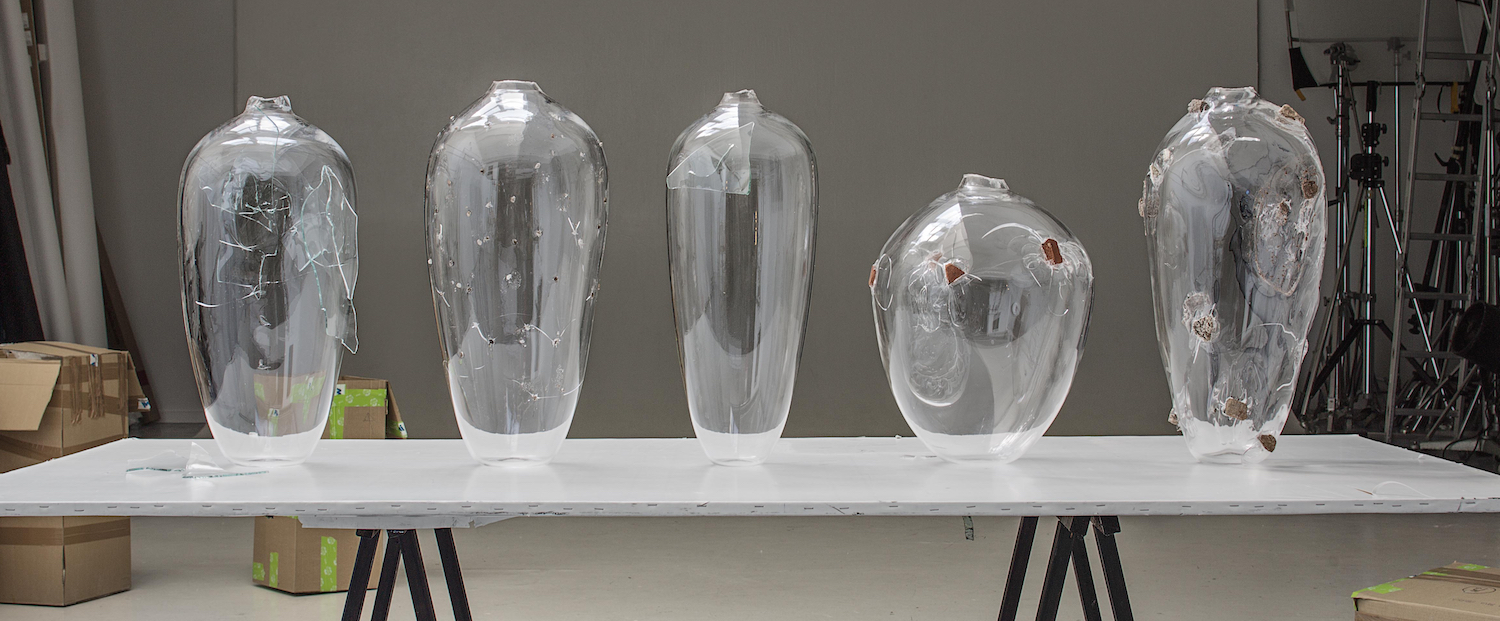Education forms a crucial foundation for the field of crafts and design, and design schools, with their professionals and research, serve as a catalyst for debate, inspiration, and knowledge sharing. However, there is currently unbearable uncertainty surrounding the consequences of the government’s master’s degree reform, which aims to shorten some master’s programs to one year and a summer for the final project. This comes as the latest challenge following tough cuts in admissions and the discontinuation or reduction of programs, especially in the field of arts and crafts. Formkraft sheds light on a diverse landscape of changing design education and seeks explanations, perspectives, and consequences for the future.
The current situation not only affects design schools; the prospect of small cohorts of students in the next 10-15 years challenges all higher education institutions dependent on enrollments. The government’s truncation of master’s programs, however, appears short-sighted and will significantly impact the quality of education, causing concern within the industry. Design schools have tried to alert policymakers to the consequences of diminishing programs that are essential for maintaining the reputation of Danish design and addressing challenges related to welfare and green transition. However, this proves challenging when all fields are affected.
This reform unfolds against the backdrop of previous budget cuts and reprioritizations that have affected several school programs. There is no longer an independent jewellery education, and students interested in this field must now opt for the broader Accessory program or vocational schools. Similarly, ceramic and glass studies are only available at the bachelor’s level. The recent halving of humanities has impacted Design Studies, leading to the closure of the only master’s program in design history and critical design communication. Overall, this affects the field of design and its institutions, influencing how we manage and perpetuate the Danish design tradition and its reputation. Young individuals must consider whether they should simply go abroad for a qualified postgraduate education in their field. While we appreciate those voluntarily seeking education abroad, it is different when we lack postgraduate programs with the necessary skills, professional development, and research. Established designers are looking abroad for assistants with the required competencies.
Schools must adapt to the times for better or worse, but if there are shifts prompting a debate about what we want for Danish design, it raises questions. Have artists taken over textiles and ceramics? How is the development unfolding across the Nordic region?
In 2022, Formkraft focused on student protests regarding these changes, and the archive contains numerous themed issues and debates about the transformation from arts and crafts schools to design schools and the balance between artistic and business-oriented education.
Sources
[1] Frederiksen, S. and Green, C. Her er regeringens uddannelsesreform: Op mod hver tredje kandidatuddannelse skal kortes ned eller laves om, Altinget (2023) – in Danish only
[2]Rector of the Royal Danish Academy Lene Dammand Lund, Rector of the Aarhus School of Architecture Torben Nielsen, Rector of the Design School Kolding Lene Tanggaard, Significant challenges with shorter artistic educations, Formkraft (2023)
Sign up for newsletter
Receive information about new articles on contemporary Danish crafts and design. We send out newsletters every second month. Sign up here


